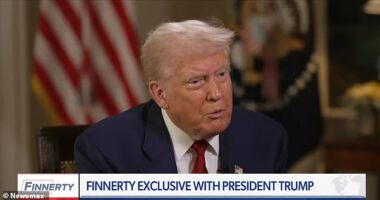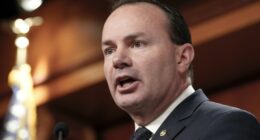Trump’s speech on Tuesday evening (Wednesday lunch AEDT) isn’t technically considered a State of the Union address — that comes next year, after he’s been on the job for longer — but there’s no distinguishable difference for anyone watching at home.
Almost no detail is left to chance in these situations. Here’s an idea of what to look and listen for:
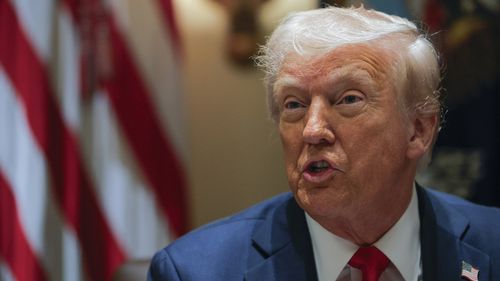
The most powerful people in American government are usually on the dais during an event like this.
While the president addresses the nation, the House speaker and the vice president, who doubles as the ceremonial leader of the Senate, sit behind him.
However, they’ve been largely overshadowed by Elon Musk, the billionaire entrepreneur overseeing the Department of Government Efficiency and serving as a top adviser to Trump.
There’s no precedent for Musk’s operation, which has burrowed into federal agencies, led to thousands of firings and counting, and rewired how Washington works.
Special guests at presidential speeches often sit above the chamber in the gallery.
Will Musk, the world’s richest person, be there — or somewhere else?

What does Trump say about Ukraine?
It’s been only a few days since the most dramatic encounter in the Oval Office in recent memory.
Now the future of US support for Ukraine, which has been fending off a Russian invasion for three years, is increasingly in doubt.
“You either make a deal or we are out,” Trump told Zelenskyy.
Will Russia try to press its advantage on the battlefield? Does Zelenskyy patch things up with Trump? Will fragile US relationships with European allies deteriorate further?
There are no clear answers right now. But Tuesday’s speech will be a high-profile opportunity for Trump, a Republican, to explain his vision for the war and his approach to foreign policy.
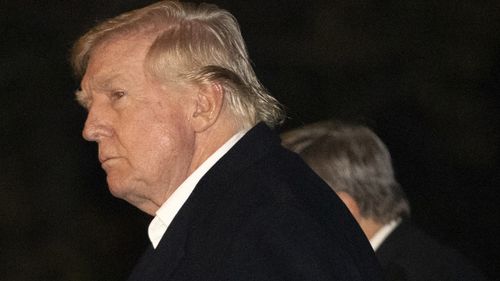
Presidential speeches to Congress have become rowdier affairs. Representative Joe Wilson, a South Carolina Republican, famously shouted “You lie!” at former president Barack Obama’s address to Congress in 2009, and decorum hasn’t improved much since then.
Former president Joe Biden got into his own back-and-forth with Republicans, and Trump is known for deviating from his script with attempts to stir outrage among his opponents.
How will Democrats respond? Sometimes their protests have been quiet, such as when women wore white, the colour of the suffragette movement, to previous events. But at a time when Democratic voters have been eager for their representatives to be more aggressive, it’s possible that they become more vocal.
Reaction from Republicans is more predictable. Expect them to try to outdo one another with their embrace of the president.
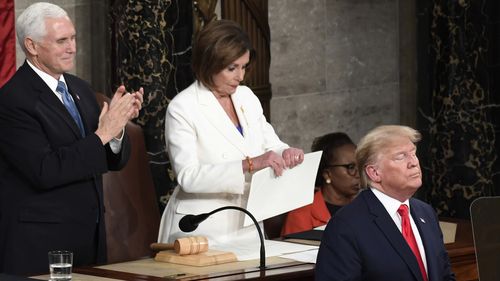
Does Trump spell out a legislative plan?
Trump has demonstrated his desire to push the limits of presidential power during his second term in office, but there are some things that he still needs congressional help to accomplish.
The president wants spending cuts, border security funding and tax cuts — a politically sensitive combination at a time when Republicans have only slim majorities in the House and the Senate. The party will need almost complete unanimity to move forward.
So far, Trump has followed his typical approach of playing one side off against the other, sometimes endorsing the House plan for one massive piece of legislation and sometimes supporting the Senate strategy of breaking the proposals into multiple bills.
Don’t expect a lot of details from the president — that’s not something that usually happens in speeches like this, regardless of who occupies the Oval Office. But Trump could reveal more about his goals or prod lawmakers to work faster. Given the power that Trump has over the party, any remark could reshape the debate.
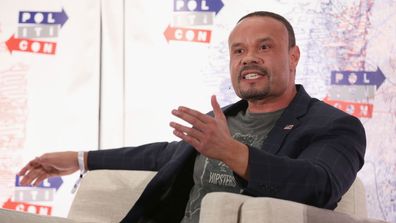
Conservative podcast host named as FBI deputy director under Trump
Which version of Trump shows up?
The president is in his element when he’s delivering freewheeling remarks, bouncing from topic to topic in what he likes to call “the weave”.
But that’s not usually how these kinds of speeches go. They’re often carefully scripted, the kind of monologue that Trump might label “BORING” in a post on Truth Social if he were watching it on television.
How long will Trump stick to the teleprompter this time? And how much does he veer off track?
A hint could be Trump’s speech at the Republican National Convention last summer, when he accepted the party’s presidential nomination. He started off subdued, even somber, as he shared the story of his assassination attempt in Butler, Pennsylvania.
But the appeal for national unity eventually gave way to a flood of grievances more typical of Trump’s stump speeches.
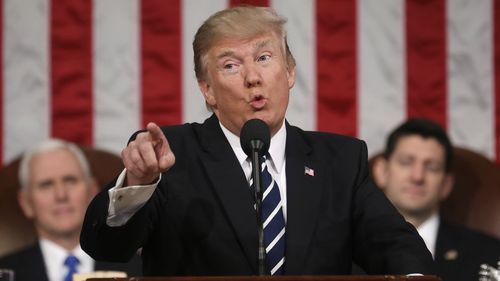
What time is the joint address?
Trump’s remarks to Congress are slated to begin on Tuesday at 9pm (1pm Wednesday AEDT).
Where does the address happen?
Trump’s speech will take place in the US House chamber.
Larger than the Senate chamber, it can accommodate both House and Senate lawmakers as well as other officials who are typically invited to such events.
As there is a post-State of the Union address, the opposing party — in this case, the Democrats — will offer a message in response to the joint congressional address.
This year, Michigan Senator Elissa Slotkin, who previously served in the House, will give the Democrats’ response, which is also televised.
Democratic leaders have said that in her message, Slotkin will likely focus on economic issues.
The party has also tapped Representative Adriano Espaillat of New York, chair of the Hispanic Caucus, to give a Spanish-language response.

Why isn’t this called the State of the Union?
By tradition, a State of the Union address is intended as a look back on the prior year. Trump just took office — albeit for a second time — on January 20, so he’s only been in office this go-round for just over a month.
Instead, newly inaugurated presidents typically use their first joint congressional addresses to look forward, setting a tone for their legislative agenda. According to the Congressional Research Service, the average number of policy requests in a first-year address is 42.


